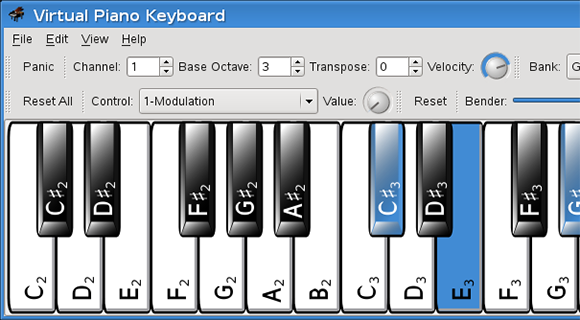Now that we know there’s a way to emulate monitor output in rooms when mixing, wouldn’t it be cool if you could add room simulation to the cabinet or cabinet simulation you are using?Well, you can – using impulse responses. An impulse response is the recording of a special kind of sound – a perfect impulse – played through a speaker (such as a guitar cabinet) in an environment (such. NadIR is a zero latency, dual Impulse Response (IR) convolver, designed to be used as a cabinet simulator for guitar and bass (pre)amplifiers (VST/VST3/AU or even hardware).
(Leave a message)
Message page # 1234567891011121314151617181920212223242526272829303132
Arcio
09/10/2020, 09h44
This website is absolutely phenomenal. The work you did is outstanding. Are you okay to help obtaining me the specific tones in exchange for donations?
igloox
08/31/2020, 23h10
Bonjour,
j'aurais aimé savoir si la qualité de la carte son est primordiale pour avoir une bonne simu HP. En effet, à réglages équivalent, je n'arrive pas à avoir le même rendu avec le plugin WOS de chez two notes et le Torpedo CAB M qui utilise pourtant les mêmes algos. Merci (et bravo pour le site)
youraty
08/17/2020, 13h49
Bonjour,
Pour pranasonic, les fichiers fxp sont à charger par ton hôte. Dans Reaper par exemple, il y a une croix au niveau du VST avec l'option 'importer fxp' et ça charge tous les paramètres du VST.
Pour Grebz, vraiment super site ! Merci ! Les explications sont top, les comparatifs de sons vraiment intéressants.
Je me rends compte que depuis amplitube 3, il y a eu du progrès. Perso, je suis sous Linux et tous les simulateurs d'ampli ne fonctionnent pas, mais je vais creuser. Concernant les IR et chargeurs d'impulsions, je me suis couché moins bête après t'avoir lu. Dommage que le Cab2 de Poulin ne fonctionne pas avec moi. Je vois bien la charge CPU augmenter, mais aucun son ne sort si je le mets sur On. J'ai vu sur le net que d'autres ont ce souci, mais pas de réponses.

Pranasonic
05/13/2020, 08h36
Salut, je ne sais pas comment appliquer les preset (*.fxp) aux amplis. Je ne vois nullepart une commande pour les charger sur l'ampli? Merci d'avance pour votre aide.
Lostin70s
05/01/2020, 08h30
Bonjour, j’adore ton site c’est une super référence de sources Merci !
Dans la liste des simus d’amplis vst je ne vois pas de test sur le tonedeluxe v2, je t’invite à le tester c’est du made in France ð (www.lostin70s.com)
Julien
I’ve been playing around with the free LePou amp sims in order to try and find a workaround to run more amp sims simultaneously without the massive CPU hit of Recabinet 4.0.3.
Free Ir Loader Vst
The LePou amp sims work well, especially Le456, but unfortunately I cannot use the LeCab impulse response loader because there’s no 64-bit version available for Windows, and the 64-bit version of Ableton Live 9 I’m using won’t run 32-bit plugins.
So I went looking for another free IR loader to get the job done and I came across the NadIR plugin by Ignite Amps.
Ignite Amps have a bunch of other free stuff as well, including tube amp simulators, preamps, and pedals. All the plugins are available in VST and AU formats for MAC and Windows, 32 and 64 bit.
So far I’ve only gotten around to trying NadIR, their impulse response loader. Well, technically they call it an “impulse response convolver”. Either way it’s designed for guitar and bass cabinet simulation.
NadIR is low on CPU, which is a plus, and it can load two IRs at once. The plugin also has high and low pass filters, latency delay control, panning, settings for quality and options for stereo, mono, and dual mono.

NadIR doesn’t come with any IRs preloaded, but here’s where you can download a crapload of Impulse Responses for free.
NadIR Features
- Zero Latency
- Low CPU usage
- Three routing modes: Mono, Dual Mono and Stereo
- Selectable quality control for max IR length (up to 0.185 seconds)
- Automatic high-quality resampling for IRs with different sampling rates
- High-quality analog shaped filters
- Selectable delay for phase interactions between loaded IRs
- Continuous morphing control between loaded IRs
- Global input level and single IR level controls
- Fully automatable controls